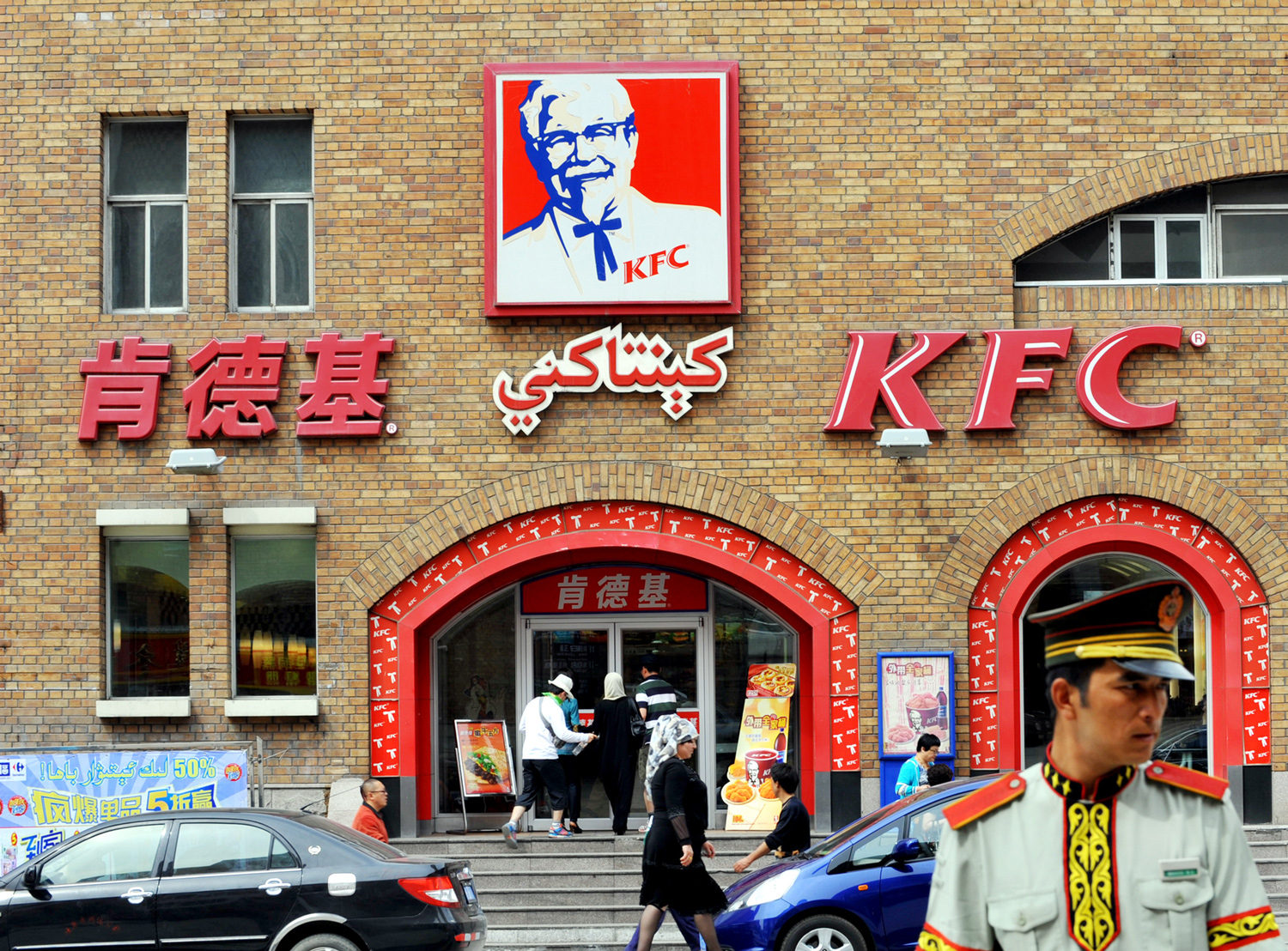News reports from the western Chinese region of Xinjiang have described alarming, widespread, and worsening violations of the human rights of its predominantly Muslim, ethnically Turkic inhabitants, primarily the region’s approximately 11 million ethnic Uighurs. These include stifling surveillance measures on Xinjiang streets and in Uighur homes, and the arbitrary detention of perhaps over one million Uighurs in hastily built camps for the purpose of “transformation through education.”
China’s government has issued conflicting explanations for the camps, referring to them both as vocational tools and as counter-terrorism mechanisms, all while insisting that “everyone can see that people of all ethnicities in Xinjiang live and work in peace and contentment and enjoy peaceful and progressing lives.” Unconvinced, on August 28 a bipartisan group of American lawmakers pushed the U.S. State Department to levy sanctions against responsible Chinese policymakers under the Magnitsky Act; the State Department has not yet done so, but has stated that it is “deeply troubled.”
How do American businesses fit into this picture? The companies listed below comprise those Fortune 500 companies (the highest-revenue U.S.-based corporations) for which ChinaFile found documentary evidence of operations, investments, or partnerships in Xinjiang.
Researchers Shawn Zhang and Benjamin Han, working with ChinaFile editors, identified dozens of such companies by mining publicly available information in Chinese and English, including press releases, SEC filings, company websites, and news reports. Fortune 500 firms with attenuated connections to Xinjiang—such as expired partnerships in the region or the mere presence of products in Xinjiang, with nothing more—were eliminated.
ChinaFile then reached out to each company with substantive ties, giving each at least one week to confirm or correct ChinaFile’s findings of involvement in the region. Several responded with information that is reflected here. Only Citigroup took the opportunity given to make an additional statement. It is included in the table below.
While the list is unlikely to be complete, it represents the most careful and comprehensive such accounting to date. Readers with corrections or additional information are invited to submit the reporting form below the table.
—The Editors




